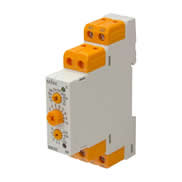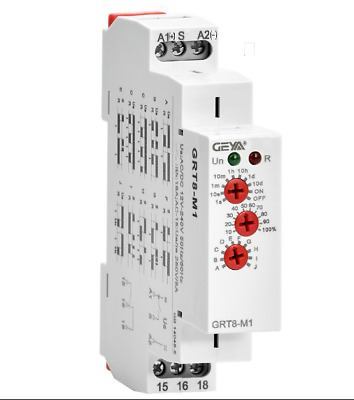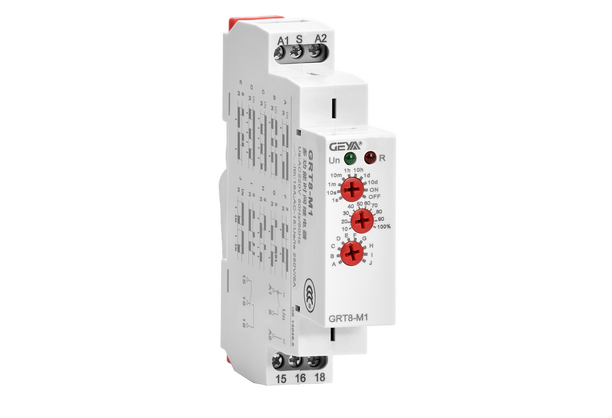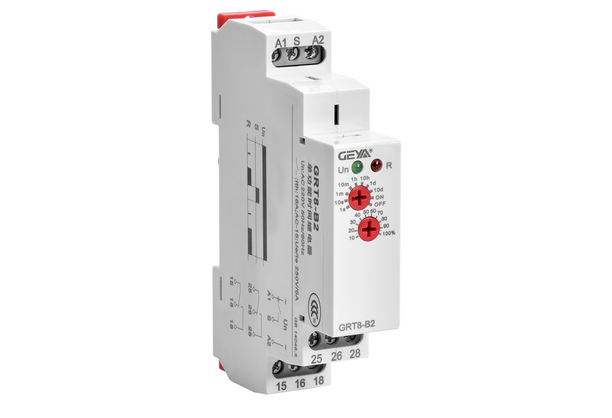- Messages
- 2,558
Good point about the boiling water, and of course with the slightly increased pressure in a sealed system, it will as you say instantly boil if there was a leak. Hmm, scary!
I have wanted an excuse to deploy a PLC or even something like a Raspberry Pie to control the heating for some time, this might push me over the edge, although I don't suppose the management will approve
I'm glad of your advice and you're quite entitled to ask a heating amateur obvious questions!
We're here to offer free, impartial and safe advice.
I'm glad you understand the connection between pressure and boiling point. In case you didn't know water which flashes to steam expands some 1600 times, so if your system consists of 100 litres volume (quite a large system and used as an example) then you would have 160,000 litres of steam contained within the boiler and system pipework, this would obviously be causing extreme pressure and something will rupture in a flash, most likely taking out a large portion of the dwelling, I've seen it on unvented cylinders a couple times.
I can't comment on the PLC or Raspberry Pi control systems as I have zero knowledge or experience with them, although I will have a read up later.
If you do decide on controls like that then make sure its compatible with your system.





